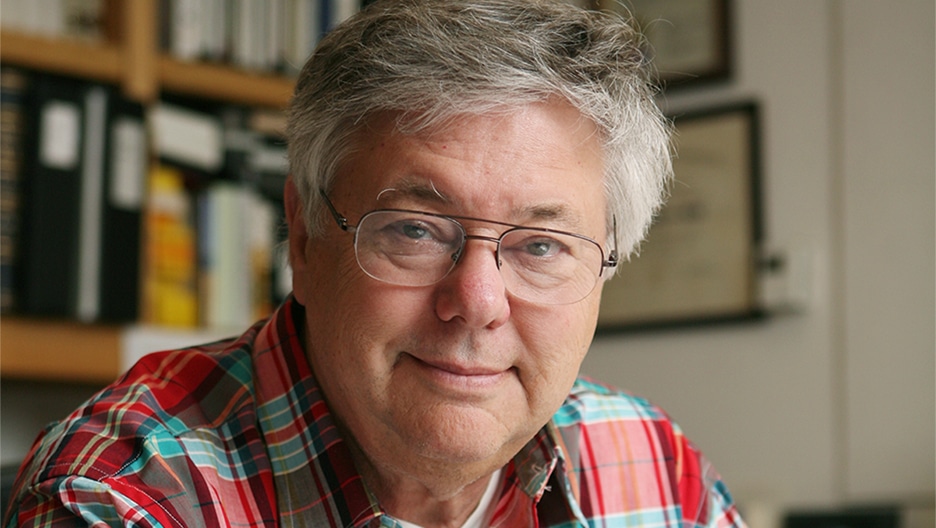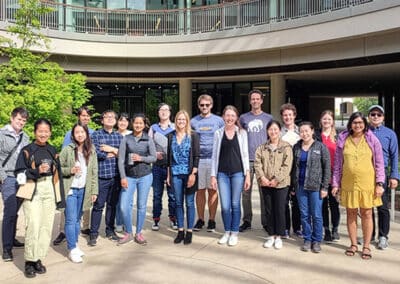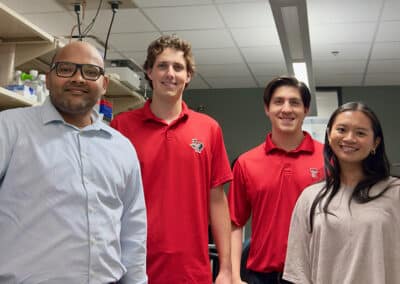“Our knowledge of osteosarcoma is not as complete as it is for other cancers,” says Michael S. Brown, MD, the Paul J. Thomas Professor of Molecular Genetics and Director of the Jonsson Center for Molecular Genetics at The University of Texas Southwestern Medical Center. “One of the reasons is because it is so rare, but also because it involves the bone, and getting tissue samples to study is not easy.”
Another challenge, according to Dr. Brown, is the fact that osteosarcoma has not attracted as many scientists to study it as other cancers. This is a problem that the OSI is working to address, both by raising awareness of this cancer and by funding osteosarcoma research and clinical trials to identify new treatments.
Dr. Brown understands firsthand the importance of scientific collaboration. He and his long-time colleague, Joseph L. Goldstein, MD, together discovered the low-density lipoprotein (LDL) receptor, which maintains cholesterol levels in the blood and cells. Their discovery became the basis for statins — medicines that reduce cholesterol levels in the blood. They received the Nobel Prize in Medicine for this work.
First, Understanding a Disease
The phrase “bench to bedside” is slightly misleading, says Dr. Brown. “It would be more accurate to say, ‘bedside to bench to bedside.”
He continues, “A disease must first be discovered, then studied and understood, and only then can medicines be applied to patients. We cannot treat a disease when we do not have a solid understanding of it. Fundamental understanding is at the core of developing treatments for all medical conditions.”
Testing for Safety and Efficacy
Once a drug has been developed, it must be tested. Clinical trials are required by the U.S. Food and Drug Administration (FDA) to test a drug’s safety and efficacy. “One of the main challenges with osteosarcoma treatment is finding a drug that is selective enough to kill the cancer cells, but that does not kill every other cell in the body,” says Dr. Brown.
The National Institutes of Health describes the four phases of a clinical trial:
- Phase I trials: Researchers test a drug or treatment in a small group of people to learn about safety and identify side effects.
- Phase II trials: Researchers give the new drug or treatment to a larger group of people to determine its effectiveness and continuing studying its safety.
- Phase III trials: Larger groups of people receive the treatment, allowing researchers to confirm its effectiveness, monitor side effects, and compare it to other treatments.
- Phase IV trials: Once a drug is approved by the FDA, researchers track its safety in the general population to gather additional information about the treatment’s optimal use and benefits.
Innovation Takes Time and Communication
Scientific discoveries do not happen overnight, nor do they happen in a vacuum. Sharing ideas and information can help expedite invention.
A bit of luck does not hurt either. After all, if it were not for the Japanese scientist who discovered the first statin in nature, Drs. Brown and Goldstein would never have been able to unravel its fundamental mechanism so that it could become a therapy.
“We are not going to find a cure for osteosarcoma by sitting alone in a lab,” says Dr. Brown. “Communication between scientists is absolutely key to discovery. That is what has impressed me about the OSI. They have created a platform where scientists and clinicians are brought together to share ideas.”







